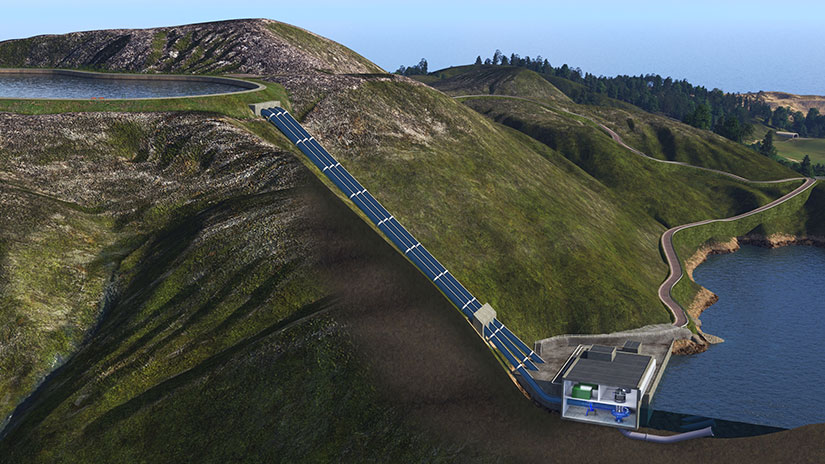
The National Renewable Energy Laboratory (NREL) in Golden has developed a tool that allows hydropower developers and operators to estimate the greenhouse gas emissions generated by closed-loop pumped storage hydropower (PSH) facilities. This technology, which involves the movement of water between an upper and lower reservoir, is a key component of today’s grid-scale energy storage.
As renewable energy sources such as solar and wind continue to grow, grid-scale energy storage becomes essential for balancing energy supply and demand. PSH is recognized for having the lowest greenhouse gas emissions among grid-storage technologies, according to a 2023 NREL study that compared it to alternatives like compressed-air energy storage and lithium-ion batteries.
Although PSH is a cleaner option, it can still produce emissions due to factors like diesel-powered equipment during construction and the materials used, such as concrete and steel. The new Pumped Storage Hydropower Life Cycle Assessment tool allows users to input various site-specific factors, including construction materials and specifications for the facility, to evaluate lifetime emissions.
This web-based, interactive application enables users to compare different PSH scenarios and view emissions by component and life-cycle phase. The U.S. Department of Energy Water Power Technologies Office supported the development of this tool.